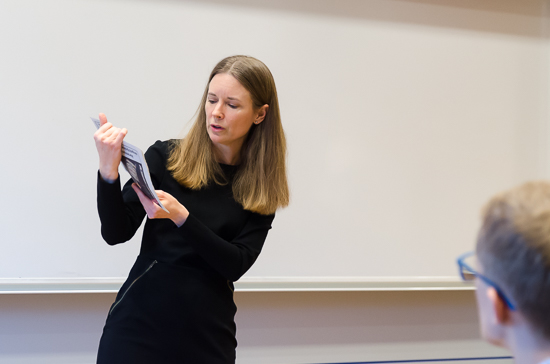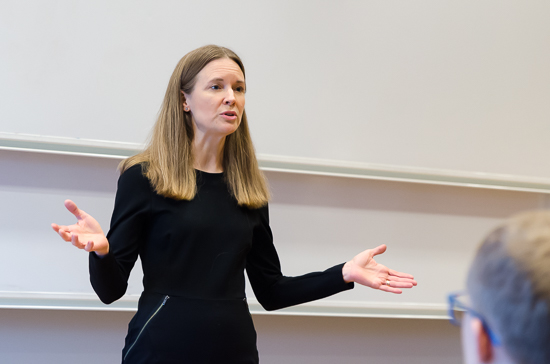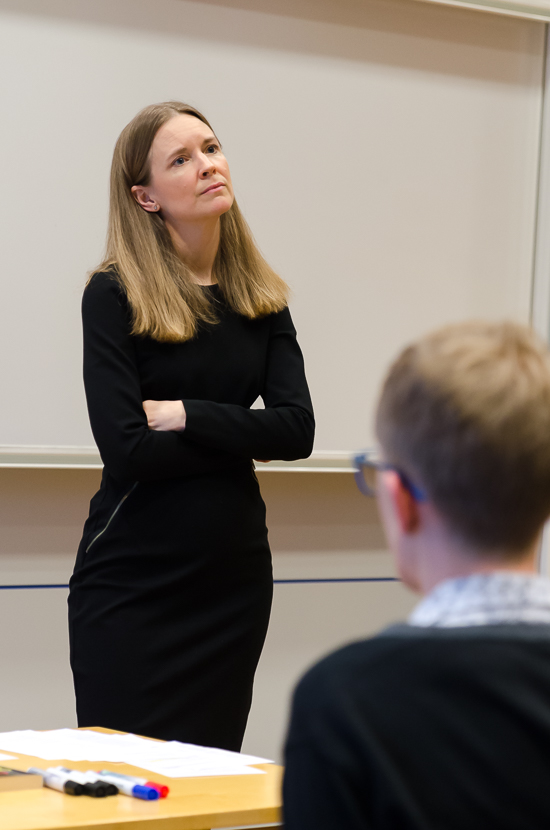Today, in a joint seminar arranged by both SACT and BECC, the science journalist Lisa Kirsebom talked about science communication and gave her best tips.
Lisa works as a freelance journalist and you have probably seen her as a moderator at the Faculty of Science Summer Party.
– There are many career possibilities as a science communicator, Lisa started. But it is nearly impossible to make a living today if you choose traditional media, like newspapers and television.
Being a good writer is always an advantage even if you are not employed to communicate popular science. Clear and inspirational texts are helpful when you write grant applications and teach.
There are a few things you must have in mind when you “write science”. There should be a basic composition that answers the questions: why, what and how. You must also describe what you have found, what that means and what is the next step. This is valid for both short and long text.
Lisa also had some concrete advice. If you write a long text, be sure not to take long detours without showing where we are going. Keep the reader on track. Make your text readable and do not make your language complicated. Think about the reader, do they understand the terms. If not explain them.
Always start with a brief lineout. That counts for writing as well as presentation. When you are on stage keep your time. Make a line-up and decide what is most crucial. Then you know what to take away if the time runs out.
Find useful pictures and make them understandable, even from the last row in the auditorium. Everybody should be able to understand them in a blink. If not; don’t use them. Why not try something different from powerpoint? Use posters, props or hold up words.
If you are nervous, fake it until you make it. Take breaks, breathe and make eye contact with the audience. They can’t see how you feel inside.
Take your chances to communicate your science. Say yes if you are asked or find places where you can do it. The university provide a lot of opportunities for science communication.
Go out and do it and have fun!
Thank you Lisa Kirsebom, SACT and BECC for a lot of great advice.
Text & photo by Inger Ekström



